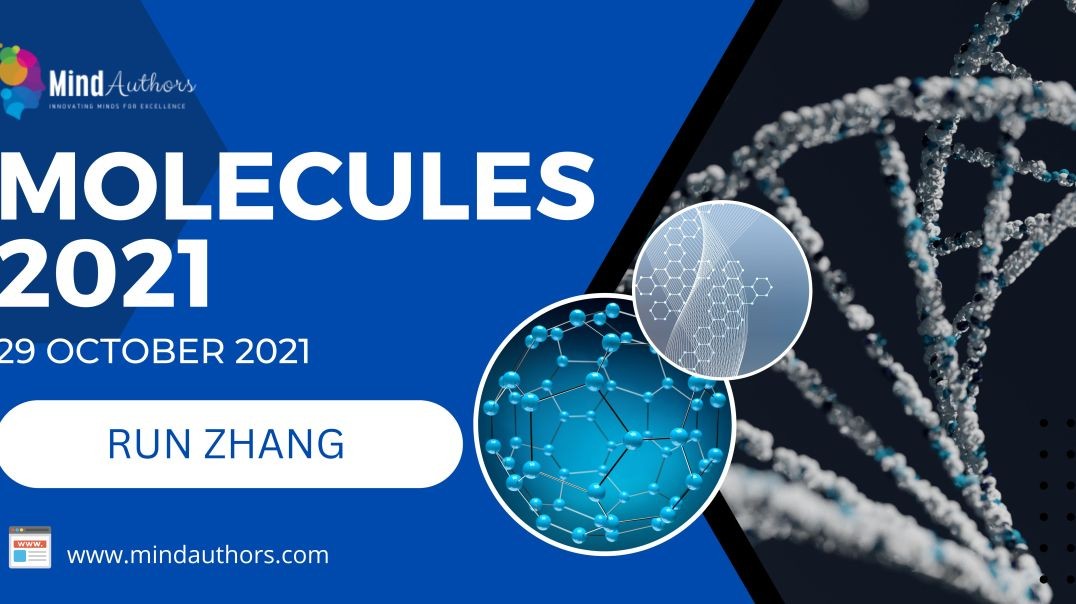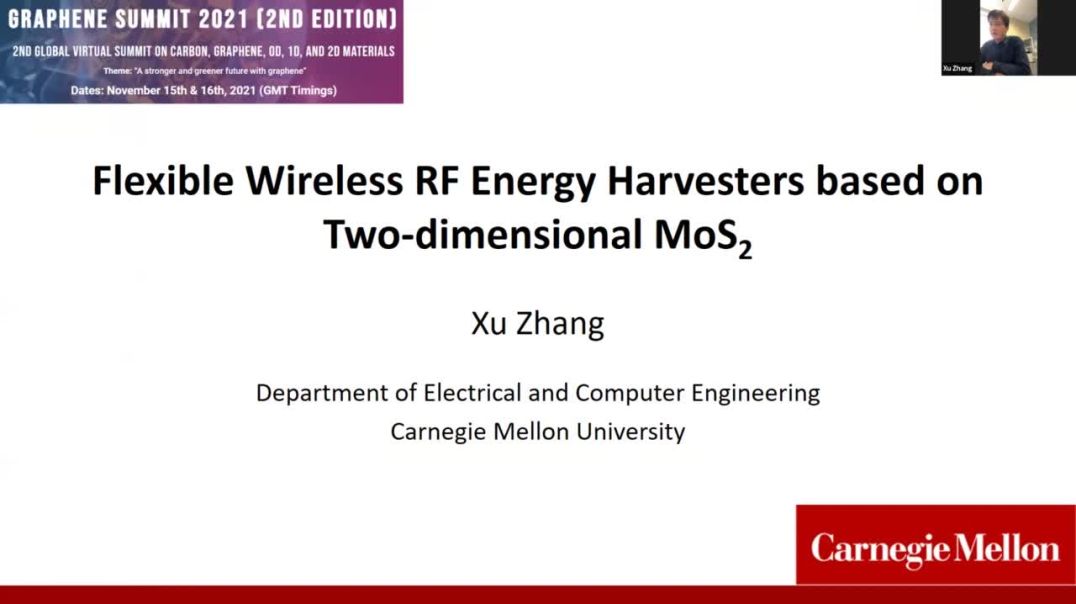Molecular Probes for Background-free Luminescence Biosensing and Imaging | Run Zhang |
Summary :
Fluorescence bioassay using responsive probes has been widely used in biomedical research and pre-/clinical investigations. The development of reliable bioanalytical probes for selective and sensitive detection of particular biomolecule in biological systems plays key roles in fluorescence bioassay and is essential for better understanding the roles of the biomolecule in their native contexts [1]. In the last two decades, a large number of fluorescent molecular probes have been developed for the detection of biomolecules in vitro and in vivo, while it remains challenge to use these probes for biomolecules detection in the samples with high background autofluorescence signals. In our research, we found that the optical output signals can be easily modulated to eliminate the autofluorescence signals via three strategies, including anti-Stokes upconversion luminescence [2], time-gated luminescence [3,4], and photoswitchable “double-checked” luminescence [5]. In this presentation, I will introduce our research using responsive molecule probes for accurate and background-free luminescence detection and imaging of reactive biomarkers in vitro and in vivo.
About Author :
Dr. Run Zhang received his PhD from the Dalian University of Technology in 2012. He was a Postdoc Research Fellow at the Department of Physics and Astronomy in Macquarie University (MQ) in 2012, then a Macquarie University Research Fellow at the Department of Chemistry and Biomolecular Science in 2013-2015. He joined the Australian Institute for Bioengineering and Nanotechnology, The University of Queensland, as a Research Associate in 2016. Here, he was awarded the Australian Research Council Discovery Early Career Researcher Award (ARC DECRA) Fellowship in 2017-2019 and is now a National Health and Medical Research Council (NHMRC) Emerging Leadership Fellow. He is a team leader of the biosensing and bioimaging, working on developing responsive molecules/nanomaterials for bioassay, imaging, early disease diagnosis and treatment. He has published more than 120 research papers since his first publication in 2010.




